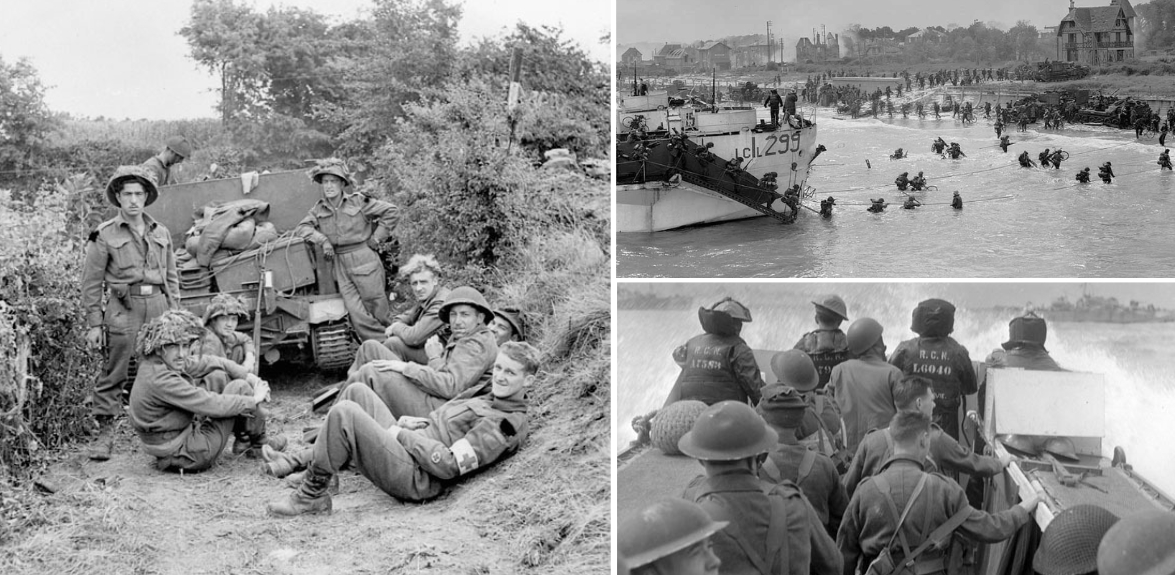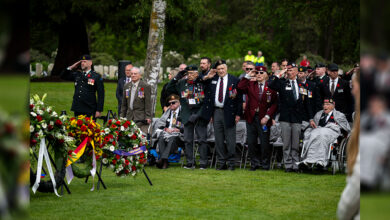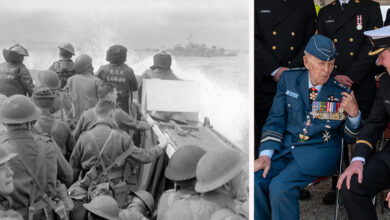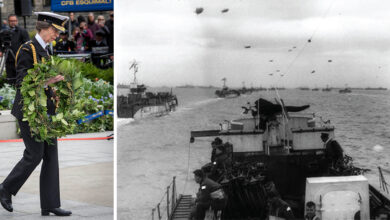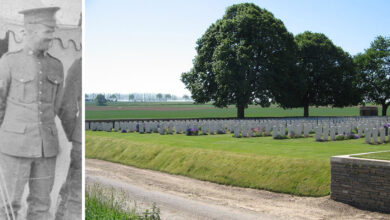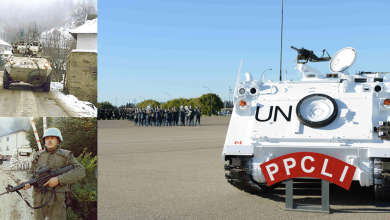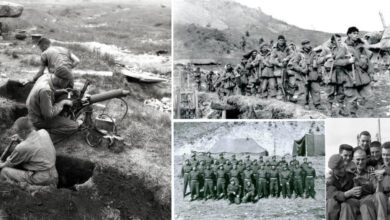History
Commemorating 79th Anniversary of D-Day
June 6th marked the 79th anniversary of the D-Day Invasion when more than 100,000 Allied troops stormed the beaches of Normandy as a first step to claiming victory in the Second World War.
Out of the nearly 150,000 Allied troops that landed or parachuted into Normandy on June 6, 1944, more than 14,000 were Canadian soldiers.
“On this 79th anniversary of D-Day and the Battle of Normandy, we honour all those who landed on the beaches of Normandy to fight against tyranny and evil, and to free Europe from the Nazis. We have a sacred responsibility to keep their memory alive. Lest we forget,” tweeted Minister of National Defence Anita Anand in recognition of this historic day.
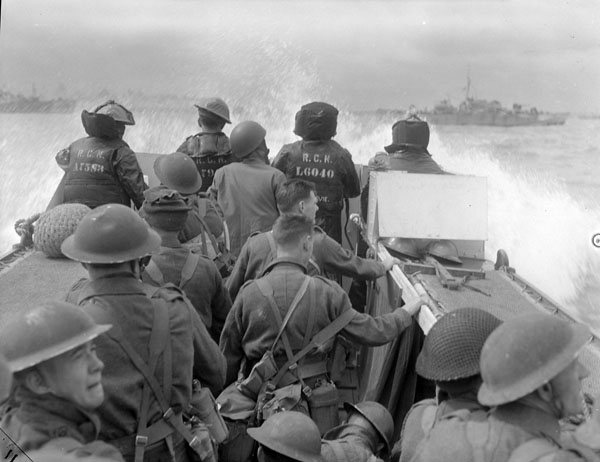
Canada’s Contributions
D-Day took years to plan, and once ready to execute, the Allies waited until the weather, tides, and the moon phase was optional to attack.
Canadians also held a special role during this invasion. Many of the Canadian troops who landed on Juno Beach were from the 3rd Canadian Infantry Division and the 2nd Canadian Armoured Brigade.
The troops came ashore at Juno Beach, where they were successful in capturing their shoreline. They penetrated the farthest inland of all the allies and established an 8 km stretch on Juno Beach.
The Royal Canadian Navy contributed 110 ships with 10,000 sailors, and the Air Force contributed 15 fighter and fighter-bomber squadrons to the assault.
The five landing locations were secured by June 11, 1944, with the Battle of Normandy lasting 85 days as the Allies moved through France.

The Price of Success
The overwhelming success of the Allied troops came at a price. It came at the cost of 1,074 Canadian casualties, with 339 losing their lives.
Overall the Allies suffered over 10,000 casualties on D-Day.
By the end of the battle, August 29, 1944, the Allies had liberated Paris, at the cost of 209,000 Allied casualties, 18,700 were Canadians. Over 5,000 Canadian soldiers lost their lives during the two and half month battle.
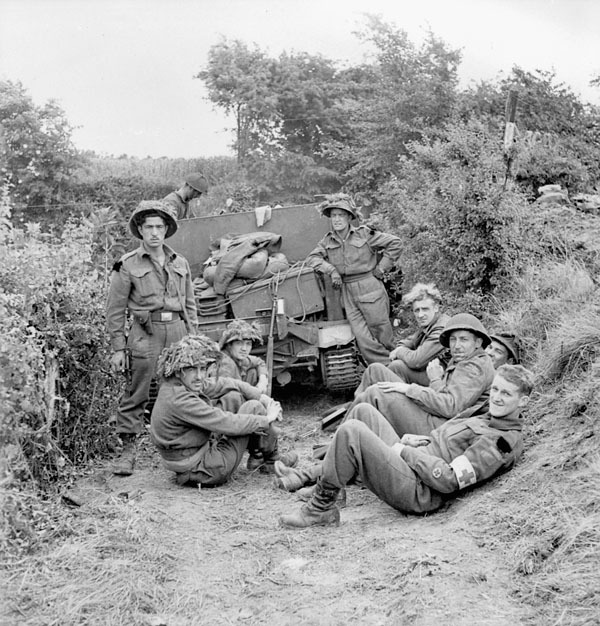
Remembering Decades On
A day with such historical significance like D-Day, lives on in the memories of Canadians decades on. The Juno Beach Centre was established to “pay homage to the 45,000 Canadians who lost their lives during the War, of which 5,500 were killed during the Battle of Normandy and 381 on D-Day.”
The Juno Beach Centre is both a Canadian Second World War museum and a cultural centre located in Normandy, France. The centre celebrates its 20th anniversary this year.
Historica Canada also has created Heritage Minutes for D-Day. The above video depicts the beginning of Operation Overlord on June 6, 1944, when Canadians landed on Juno Beach.


